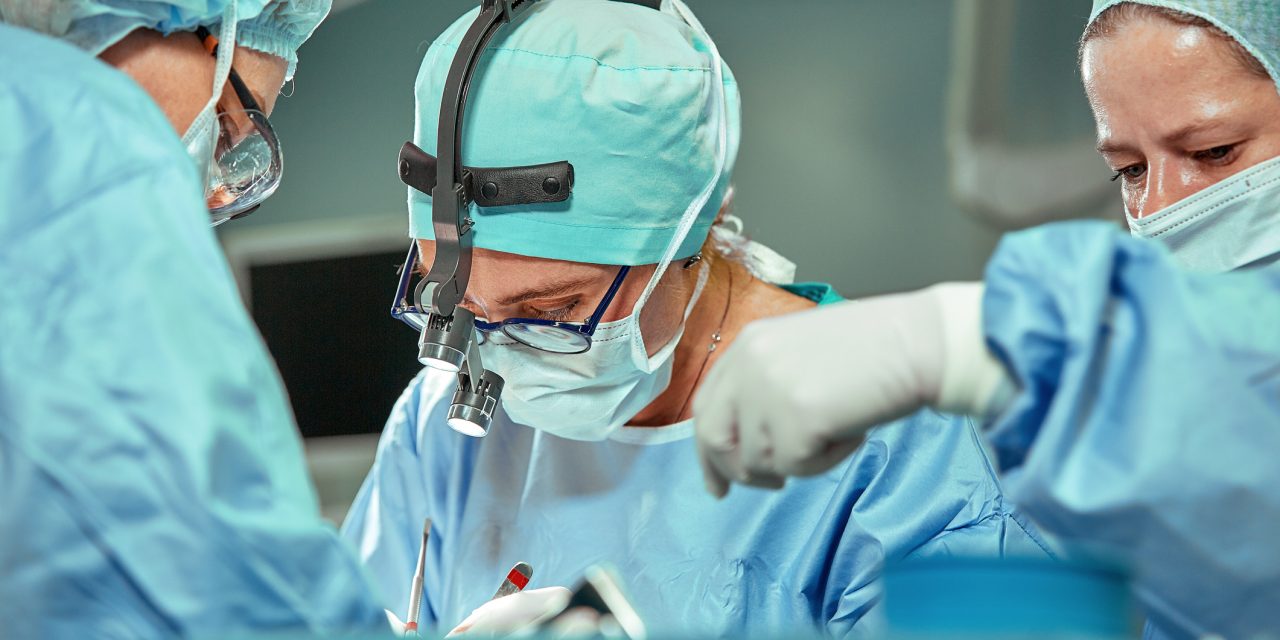Soft tissue reconstruction remains a continuing challenge for plastic and reconstructive surgeons. Standard methods of reconstruction such as local tissue transfer and free autologous tissue transfer are successful in addressing soft tissue cover, yet they do not come without the additional morbidity of donor sites. Autologous fat transfer has been used in reconstruction of soft tissue defects in different branches of plastic surgery, specifically breast and facial defect reconstruction, while further maintaining a role in body contouring procedures. Current autologous fat transfer techniques come with the drawbacks of donor-site morbidity and, more significantly, resorption of large amounts of fat. Advancement in tissue engineering has led to the use of engineered adipose tissue structures based on adipose-derived stem cells. This enables a mechanically similar reconstruct that is abundantly available. Cosmetic and mechanical similarity with native tissue is the main clinical goal for engineered adipose tissue. Development of novel techniques in the availability of natural tissue is an exciting prospect; however, it is important to investigate the potential of cell sources and culture strategies for clinical applications. We review these techniques and their applications in plastic surgery.
‘Fat chance’: a review of adipose tissue engineering and its role in plastic and reconstructive surgery.


